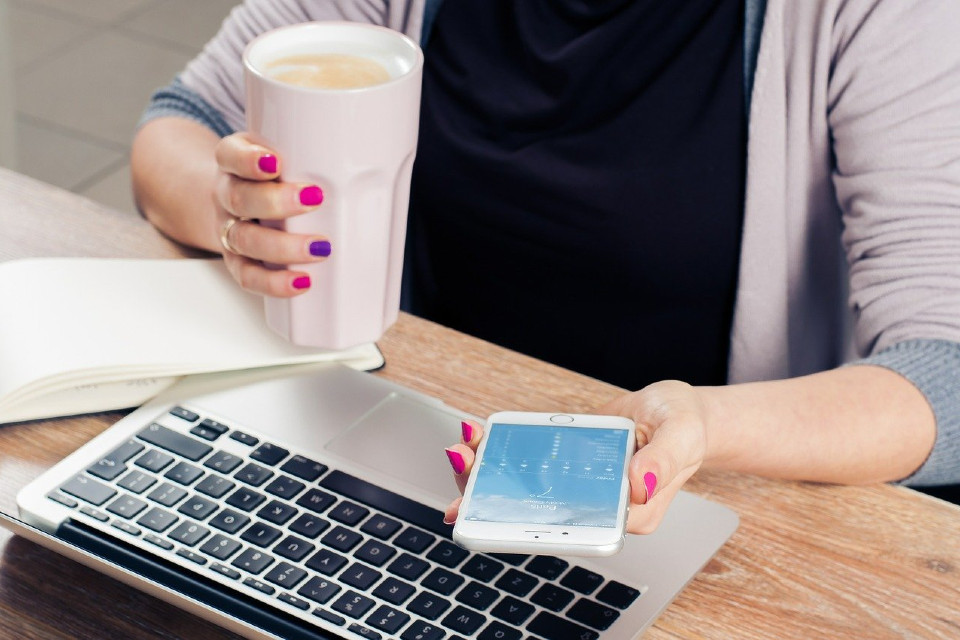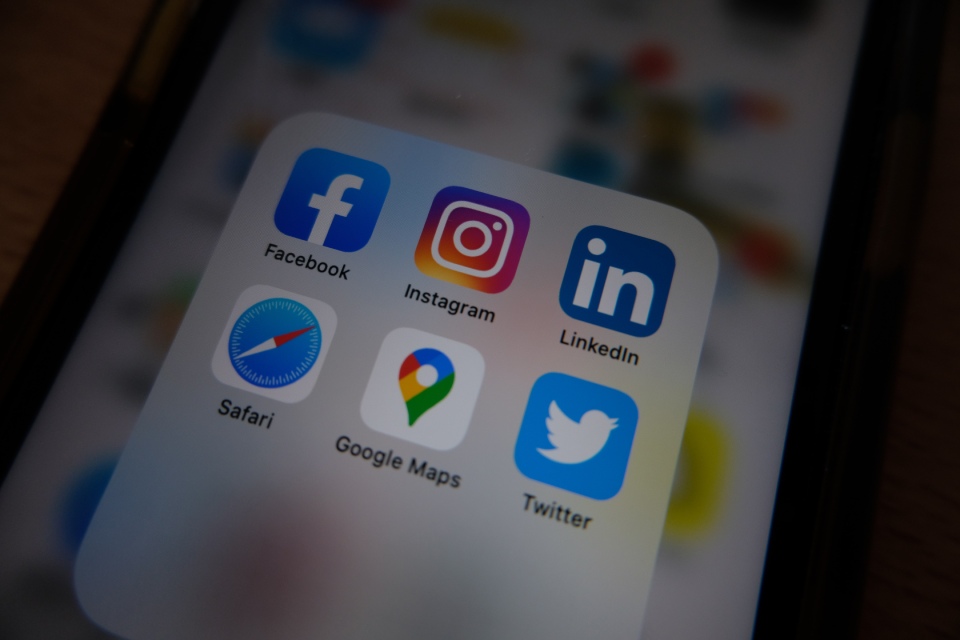As the rules for working from home are set to be relaxed on July 19th, BrandRated’s stylist Alice Reed answers the most Googled office-wear related questions and offers tips on how to dress comfortably and professionally at the office…
The rules surrounding working from home are set to be eased on July 19th, with the Government no longer instructing people to work from home but rather placing the decision in the hands of the employers. While this may be a celebrated decision for those fed up with working from their kitchen tables, or a decision met with annoyance by those who enjoy the flexibility which comes from working at home, one thing is universal: we all need to sift through our wardrobes and rediscover our office attire.
With Google searches for ‘office attire’ seeing a massive 9,900% uplift in the last month alone, many of us are beginning to refamiliarise ourselves with office dress codes and work out how we can be comfortable while at work – especially after 16 months of dressing gowns, jogging bottoms and fluffy slippers.
Stylist at BrandRated, Alice Reed, answers the top 5 most Googled questions in the last month, related to office dressing, and gives her tips on how best to make the return to the office as comfortable and stylish as possible.
Is the power suit dead?
Once a status symbol of the 1980s, characterised by extra-large shoulder pads, tailored jackets and bold colours, the power suit is undeniably a classic look. Not just reserved for the boardroom, the power suit has been integrated into popular culture with the help of ‘rich girl’ style icons such as Hilary Banks from The Fresh Prince of Bel-Air to Cher Horowitz from ‘Clueless.’ “The power suit is a symbol of power and status,” Alice Reed explains. “It can suggest an air of importance to those who wear it.”
While there is no denying its influence and popularity, is there still a place for the authority and, almost, intimidation which comes from the suit?
“The power suit is definitely not dead,” says Reed. “However, what is outdated is the assumption and mindset which comes from the suit. A hardworking person does not need a power suit to prove their capability, in the same way someone wearing a great suit should not be automatically praised when nothing is known about their capability.”
Reed offers advice for those wanting to try out the style: “Mixing and matching bold colours is a modern way to bring the 80s style to 2021, as combining colour palettes is also a fun way to make the look seem less intimidating. Another way to make this look more casual, is pair aspects of the power suit with more casual looks. For example, opt for a classic power blazer with a pair of simple trousers or jeans.”
Can you rent office attire?
Renting fashion has become incredibly popular in the last 12 months. From cult bags to wedding dresses, searches for ‘rent clothes’ has seen a 430.4% uplift in the past month. “Renting clothes and accessories is not just reserved for special occasions, such as weddings or christenings,” Reed explains. “More casual, but still smart enough to adhere to smart office dress codes, are available to rent too. The answer is yes – not only can you rent office attire, but we all should give it a try! Especially if you find yourself spending lots on clothes but only wearing them once or twice.”
So, what are the pros of renting office attire? “Firstly, renting is much more sustainable than buying new, as it minimises waste and clothes ending up in landfill. Renting is also great, as it allows people to try a variety of different clothes, without worrying about changing your mind a few weeks down the line!”
Is Loungewear acceptable?
Bad news for loungewear fans, who cannot bear to think about wearing restrictive clothing again after sixteen months of working from home: “Generally it’s a no to loungewear in the office. Most offices have a certain dress code level which they expect employees to follow, including no hoodies, tracksuits or trainers. Of course, many companies, especially start-ups and younger businesses, are more relaxed and allow their team to wear whatever they feel comfortable in.”
A recent study has shown that 76% of workers believe wearing casual workwear could help reduce their anxiety about going back to work. If your company is strict and want you to wear ‘traditional’ office wear, there are ways you can combine comfort with professional.
“Look for trousers which have a drawstring waistband for comfort. Also, avoid firm and restrictive fabrics, like wool. Instead opt for comfier fabrics, such as linen and silk-blends.”
What is appropriate casual office wear?
An age-old question, as many workers say they never know how casual they can really go for. Reed advises that appropriate casual office wear is down to the judgement of the individual. “We all have different ideas of what classes as casual wear, as some think a pair of jeans is casual whereas others would prefer a full tracksuit instead. It’s also important to note that while casual dress code means employees can dress comfortable and informally, employees are expected to maintain a certain standard.”
So, what is deemed appropriate and what should be avoided? “Outfits you would wear to the beach or on a night out, for example, are probably not ideal for the workplace. Avoiding clothes which are too revealing is a good rule of thumb too. Ensure your casual attire presents the image you want to present at work.”
Are high heels at work necessary?
Again, Reed advises to check with your workplaces’ own rules, as some dress codes do require high heels to be worn at work. “Although there are many calls for this outdated and discriminatory rule to be eradicated, legally workplaces can force you to wear high heels all the time.” As high heels can be uncomfortable to wear for long periods of time, Reed also advices ways you can limit the amount of discomfort caused by high heels. “Opt for thicker heels, over stilettos, as this can ease the pressure on your heel. Also, if possible, go for smarter boots or wedges as these are much comfier than the traditional skinny heel.”
What if high heels are not part of the dress code? Should we still wear them to look more professional? “It is definitely not necessary to wear high heels in order to ‘get ahead’ and look more professional. Of course, if you would prefer to then that’s absolutely your call. However, to look more professional, the best thing you can do is your job. It doesn’t necessarily need to matter what you wear.”












